In October and November 2017. Rama conducts individual consultations as a psychotherapist in Nakhodka and Vladivostok (Primorsky Krai).
The most common reason for seeking help at consultations was people diagnosed with vegetative dystonia (VDD).
In this article, we would like to make out first of all what is meant by Vegetosevascular dystonia
- In general, vegetative vascular dystonia (VSD) is an obsolete and controversial diagnosis, which includes a large number of different symptoms due to various causes.
- The diagnosis of "vegetovascular dystonia" is absent in the International Classification of Diseases, and its formulation is often accompanied by inappropriate and ineffective measures of treatment, which worsens the prognosis of the disease and the quality of life of patients.
Nevertheless, this diagnosis is used very often, although in reality
most physicians imply psychogenic conditioned vegetative disorders
(i.e., somatoform autonomic dysfunction) under it.
Here, here's the stop! Let's
take a closer look at the meaning of this phrase: psychogenically
conditioned vegetative disorders (i.e., somatoform autonomic
dysfunction).
- Psychogenically conditioned - arising from the impact of psycho (emotional experiences) ([from the Greek psychē soul, spirit]
- Vegetative disorders - violations of the autonomic (autonomic) nervous system responsible for the work of internal organs. The vegetative nervous system regulates the maintenance of the body's homeostasis (adaptability) through adaptive reactions: (increased pressure, palpitation, respiratory rate, sweating, gland secretion, etc.)
- somatoform autonomic dysfunction - as a result of a disturbance in the
regulation of the functioning of the organs of the autonomic nervous
system, symptoms appear in the body that indicate autonomic dysfunction
(palpitation, tremor, decrease or increase in pressure, weakness, etc.).
Close to the meaning of the term "vegetovascular dystonia" is the term
"neurocirculatory dystonia", which is also absent in the International
Classification of Diseases and is also widely used by therapists,
cardiologists and neurologists.
So, again:
Vegeto-vascular
dystonia (VSD or neurocirculatory dystonia) is a pathological
condition, failure of compensatory activity of the autonomic nervous
system.
- Perhaps this is the most frequent diagnosis, which is put by doctors
and causes dissatisfaction in the patient, misunderstanding and anxiety -
maybe the doctors still did not find something serious, missed?
As a rule, vegetative disorders, traditionally attributed to the
concept of vegetative vascular dystonia, are secondary and arise against
the background
- mental or
- somatic diseases.
In the second of these cases, vegetative disorders are due to the fact
that vegeto-vascular dystonia can be a symptom in very many organic
diseases: somatic and neurological, endocrine, gynecological,
oncological and so on, with endocrine-hormonal disorders.
But more often the VSD is of a functional nature, that is, it is not associated with a serious disease. Such a psychogenic disorder between the cerebral cortex and subcortical structures of the type "I want - it's impossible." And the symptoms of dystonia appear. Symptoms can be varied. This is due to the variety of functions performed by the autonomic nervous system.
Therefore, first of all, it is necessary to carry out differential diagnostics, with respect to the background
- psychogenic or
- somatic diseases.
Clinical manifestations
The main clinical feature of patients with VSD is the presence in
patients of numerous complaints, the variety of various symptoms and
syndromes, which is due to the peculiarities of pathogenesis, the
involvement of hypothalamic structures in the process.
At patients VSD it is described about 150 signs and 32 syndrome of clinical disturbances.
The most common symptoms of VSD:
- cardialgia, asthenia, neurotic disorders, headache, sleep disorders, dizziness, respiratory distress,
- palpitation, coldness of hands and feet, vegetative-vascular paroxysms, trembling of the hands, internal trembling, cardio phobia, myalgia,
- pain in the joints, puffiness of the tissues, heart failure, a feeling
of heat in the face, subfebrile condition, orthostatic hypotension,
fainting.
Causes of vegetative-vascular dystonia
The autonomic nervous system is located in the brain and spinal
cord, has nerves and ganglia, neurotransmitters (acetylcholine,
norepinephrine) ...
- The vegetative nervous system ensures the regulation of the activity
of all internal organs, glands of external and internal secretion,
lymphatic and blood vessels, ensures the constancy (homeostasis) of the
internal environment and adaptation of the work of internal organs to
the changing conditions of the external environment.
Sympathetic and parasympathetic autonomic nervous system have an opposite effect on the work of organs. And
as soon as the balance between this influence is disturbed, there is an
imbalance in the work - vegetative-vascular dystonia. But it is said very simply, and the mechanism of regulation and interrelations of organs and systems is very complex.
- The emergence of vegetative-vascular dystonia is influenced by constitutional predisposition, the environment of a person - family, religion, climate, education, culture and frequent or prolonged stresses in this environment. People with vegetative-vascular dystonia are ill at any age.
Symptoms of vegetative-vascular dystonia
Localization of the main symptoms of vegetative-vascular dystonia
distinguishes VSD according to respiratory, cerebral, cardiological,
gastroenterological, vegetative-visceral types, with a violation of
thermoregulation.
Vegeto-vascular dystonia may manifest as persistent symptoms -
vascular, neuromuscular, neuroendocrine, cognitive (impaired
intellectual functions), mental (neurosis, depression, panic attacks)
and paroxysmal (paroxysmal) - hypotonic, hypertonic, mixed types.
- VSD hypotonic type is characterized by a decrease in blood pressure.
- VSD hypertonic type is characterized by an increase in blood pressure.
- VSD in a mixed type is characterized by periodic fluctuations in blood pressure.
Crises are typical for all types of vegetative-vascular dystonia. - In vegetative vascular dystonia, hypertonic type of anxiety, rapid heartbeat, sudden arousal, symptoms of panic attack, increased blood pressure, cold extremities, chills.
- In vegetovascular dystonia, hypotonic type - general weakness, shortness of breath, nausea, heart fading, sweating, low blood pressure.
- With vegetative-vascular dystonia of mixed type, all of the above symptoms are manifested in one way or another.
- Vegetative crises (sympathoadrenal) are caused by the predominant influence of the sympathetic nervous system - increased blood pressure, tachycardia, oznobopodobny hyperkinesis (trembling), hyperthermia, pain in the heart, fear, anxiety, panic, cold sweat, numbness of the extremities.
- Vagoinsular CRI crises are caused by the predominant influence of the parasympathetic nervous system - weakness, lowering of arterial pressure, respiratory disorders, bradycardia (slowing of heart rate and pulse accordingly), feeling of "fading" of the heart, dizziness, dysfunction of the digestive system, hyperhidrosis (sweating), polyuria.
- Mixed crises combine a variety of symptoms and their combinations.
The course of vegetative-vascular dystonia is long, probably for years, with periods of remission and exacerbations.
About treatment of vegetative-vascular dystonia, we will talk in the next article.
To be continued…


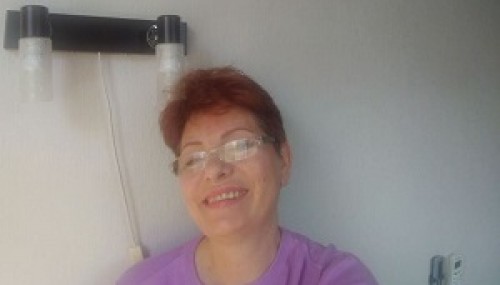

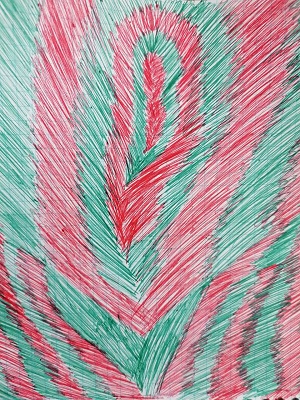






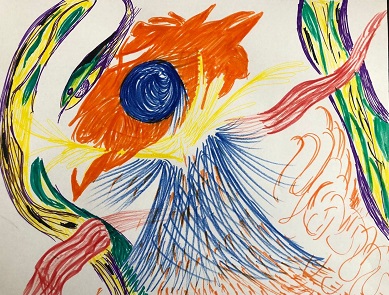















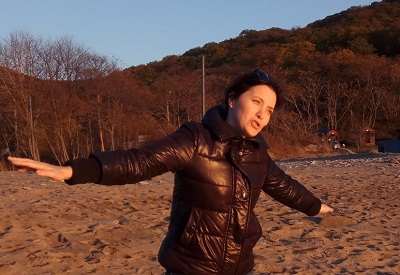



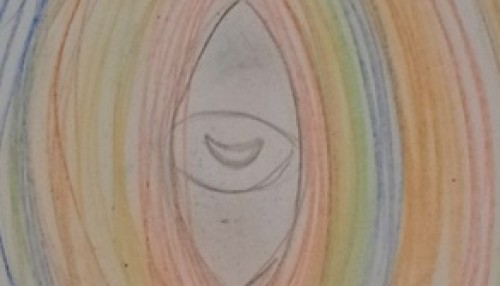




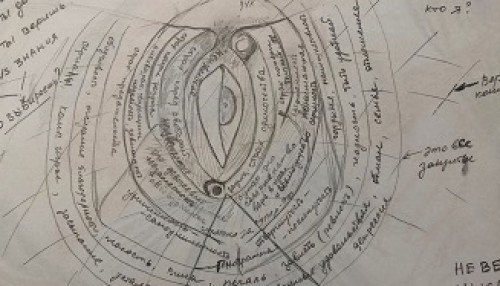
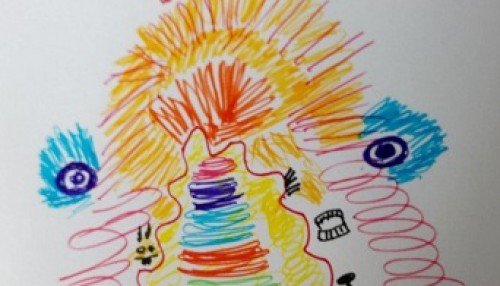




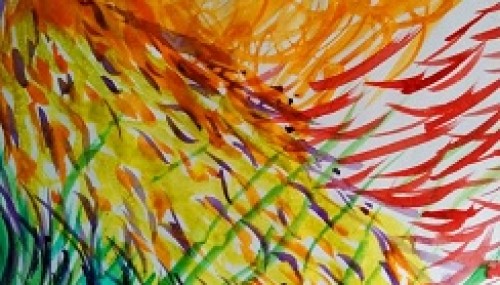




19.10 12:47